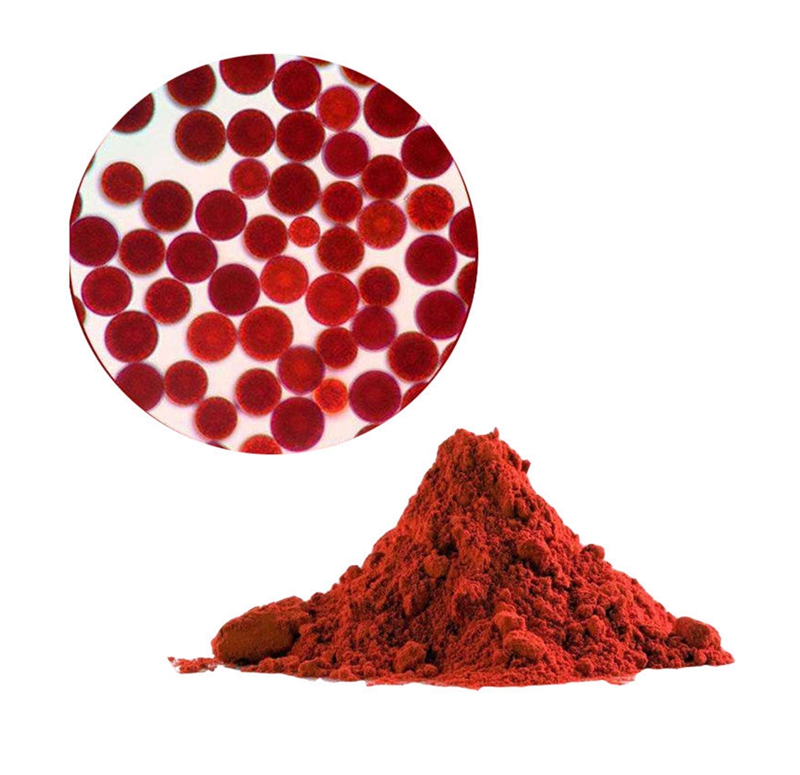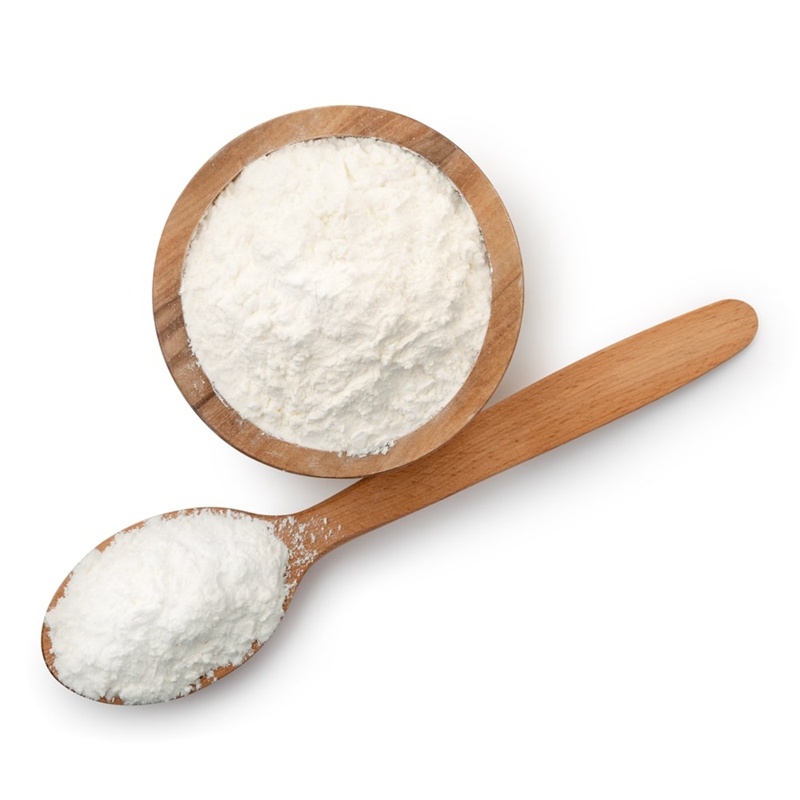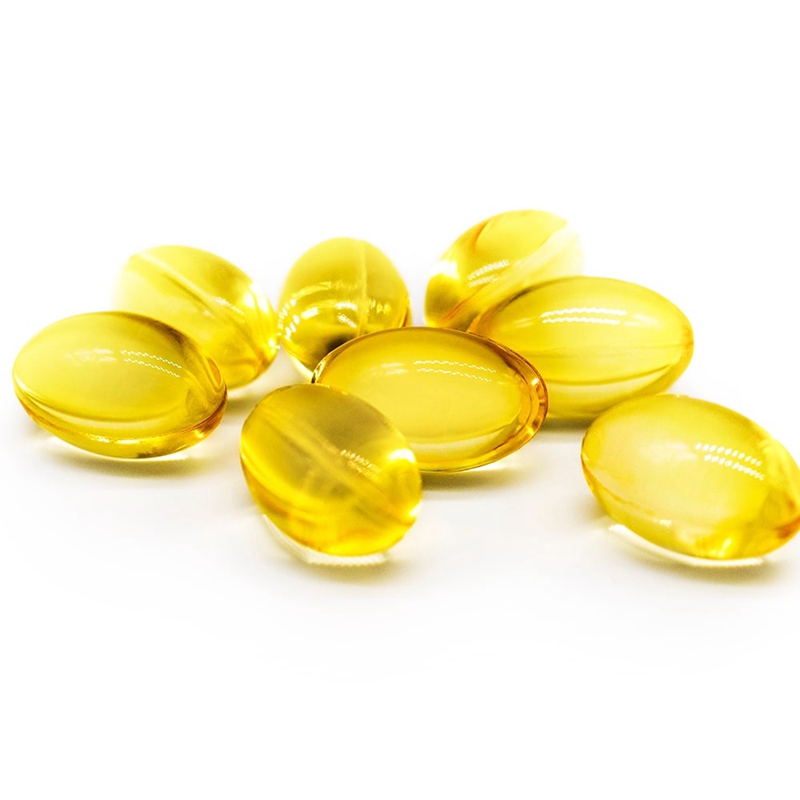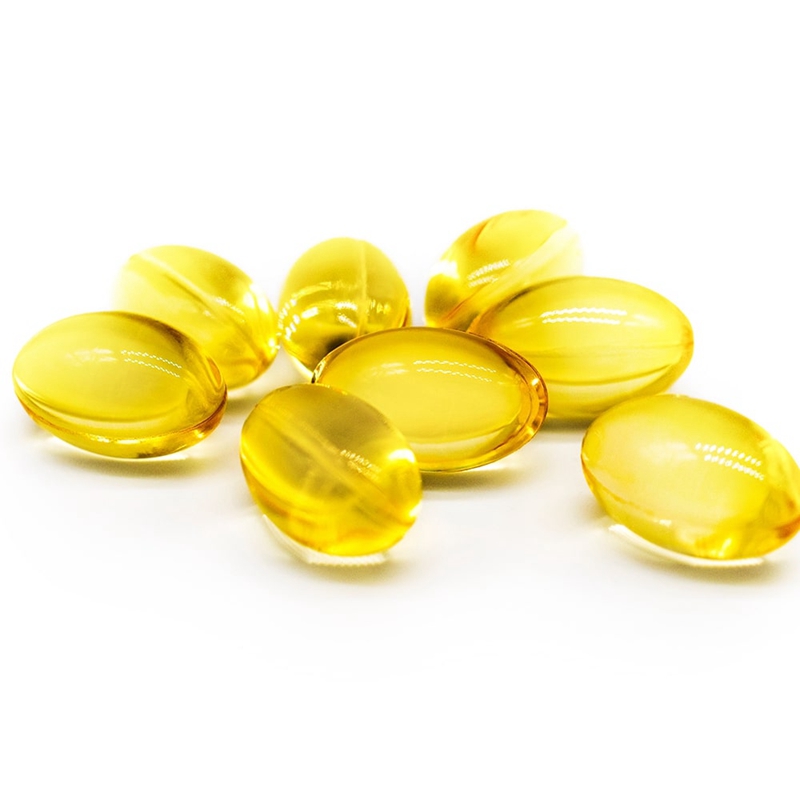
Fast delivery Curry Leaf Extract - Factory Supply Hot Sale High Quality Astaxanthin Powder CAS 472-61-7 – Justgood

Fast delivery Curry Leaf Extract - Factory Supply Hot Sale High Quality Astaxanthin Powder CAS 472-61-7 – Justgood Detail:
| Cas No | 472-61-7 |
| Chemical Formula | C40H52O4 |
| Solubility | Soluble in Water |
| Categories | Plant extract, Supplement, Health care, feed additive |
| Applications | anti-oxidant, Antioxidant, UV protection |
Astaxanthin is a type of carotenoid, which is a natural pigment found in a variety of foods. In particular, this beneficial pigment lends its vibrant red-orange color to foods like krill, algae, salmon and lobster. It can also be found in supplement form and is also approved for use as a food coloring in animal and fish feed.
This carotenoid is often found in chlorophyta, which encompasses a group of green algae. These microalgae Some of the top sources of astaxanthin include haematococcus pluvialis and the yeasts phaffia rhodozyma and xanthophyllomyces dendrorhous. (1b, 1c, 1d)
Often dubbed the “king of carotenoids,” research shows that astaxanthin is one of the most powerful antioxidants in nature. In fact, its ability to fight free radicals has been shown to be 6,000 times higher than vitamin C, 550 times higher than vitamin E and 40 times higher than beta-carotene.
Is astaxanthin good for inflammation? Yes, in the body, its antioxidant properties are believed to help protect against certain types of chronic disease, reverse skin aging and alleviate inflammation. Although studies in humans are limited, current research suggests that astaxanthin benefits brain and heart health, endurance and energy levels, and even fertility. This is especially true when it is esterified, which is the natural form when astaxanthin biosynthesis takes place in microalgae, as displayed in animal studies.

Product detail pictures:

Related Product Guide:
With reliable good quality system, great standing and perfect consumer support, the series of products and solutions produced by our organization are exported to quite a few countries and regions for Fast delivery Curry Leaf Extract - Factory Supply Hot Sale High Quality Astaxanthin Powder CAS 472-61-7 – Justgood , The product will supply to all over the world, such as: El Salvador, Haiti, Jakarta, Our company offers the full range from pre-sales to after-sales service, from product development to audit the use of maintenance, based on strong technical strength, superior product performance, reasonable prices and perfect service, we'll continue to develop, to deliver the high-quality items and services, and promote lasting cooperation with our customers, common development and create a better future.
This company conforms to the market requirement and joins in the market competition by its high quality product, this is an enterprise that have Chinese spirit.







